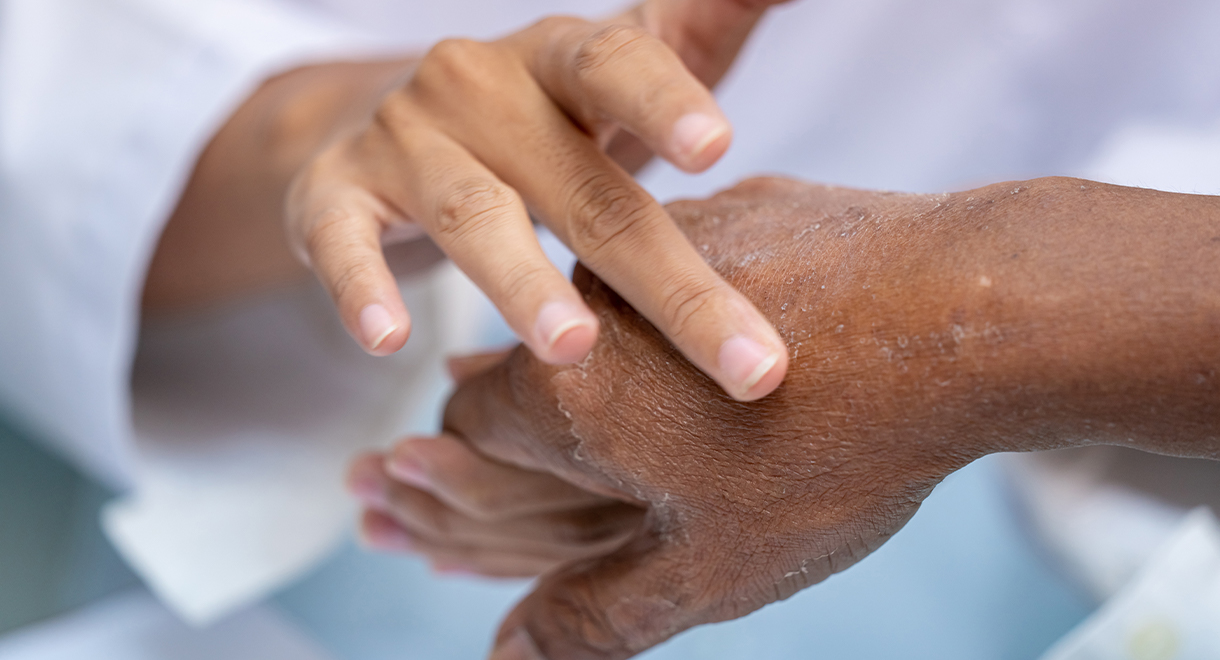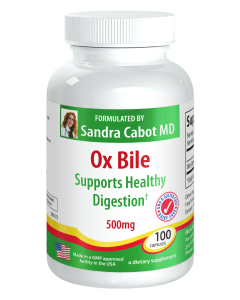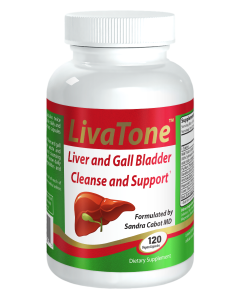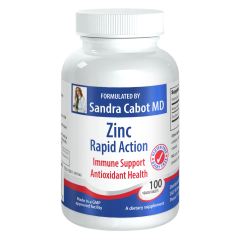

Is Gluten Harming Your Skin?
Did you know that in some people gluten can cause an itchy skin rash? Most people think of gluten as a possible culprit in bloating, gas, irritable bowel and other gut problems. However, in some people, a skin condition is the only clue their body has a problem with gluten.
Dermatitis herpetiformis is a skin manifestation of celiac disease. It causes extremely itchy bumps and blisters that resemble herpes lesions, although it has nothing to do with herpes. Dermatitis herpetiformis can occur on any part of the body, but is most common on the forearms, buttocks and knees. The rash can come and go and it's often mistaken for eczema, because the blisters can be very small and burst quickly, so that people don’t notice they’ve had blisters. That means a lot of people can experience the rash for much of their life and never realize it is caused by celiac disease. This is a problem because celiac disease can cause a lot of silent harm to the body, without causing many symptoms until serious harm has been done to the gut and other parts of the body.
Dermatitis herpetiformis tends to occur in people with celiac disease who don't experience any digestive discomfort. Many people associate celiac disease with symptoms such as abdominal bloating, gas, diarrhea or abdominal cramps and think you can't possibly have celiac disease if you don't get those kinds of problems. The interesting thing is that celiac disease is increasingly presenting in patients with non-intestinal symptoms; these may include fatigue, anemia, headaches, infertility, osteoporosis early in life, or joint pain.
Long term undiagnosed celiac disease can present initially as another autoimmune disorder; most commonly under active thyroid gland (Hashimoto's thyroiditis) or type 1 diabetes, or latent autoimmune diabetes in adults.
The take home message is please do not ignore symptoms or health problems you may have, even if you think they are trivial. Symptoms are your body's way of trying to tell you something is wrong. The sooner a health condition is diagnosed, the better chance you have of a full recovery.
For more information about gluten and how it could be harming your health, see the book Gluten: Is it making you sick or overweight?
How to help your skin
- Zinc and vitamin A are both critically important for healthy skin. They are also two nutrients many of our patients are deficient in, especially women. Zinc and vitamin A are both required for collagen product, skin healing and the reduction in inflammation and scar tissue forming. Zinc is found in many foods but very poorly absorbed from plant foods. Therefore animal foods like seafood, meat, poultry and eggs are the best source. If you suffer with a skin problem, a zinc supplement may be necessary. Vitamin A is predominantly found in eggs yolks, oily fish, cheese and liver. Beta carotene is found in plant foods and your body must convert it into vitamin A. Many people do not make the conversion adequately. A lot of my patients don’t absorb vitamin A well from foods. Since it is a fat soluble vitamin, taking an ox bile supplement greatly improves absorption.
- Make sure you drink plenty of water. If your skin is dehydrated it can become excessively dry. If you want supple skin you’ll need to drink approximately 8 to 10 glasses of fluid per day. Water, herbal tea and green tea are your best options. Drinking too much tea or coffee can be dehydrating and they can reduce your ability to absorb B vitamins and iron from your food. Along with water, you can also make your own vegetable juice. As well as fluid, you would be receiving an abundance of vitamins, minerals and antioxidants. If you need juice recipe ideas please see my book Raw Juices Can Save Your Life.
- Look after your liver. Having a fatty liver or inflamed liver will mean there is excess inflammation in your body. The liver will release inflammatory chemicals into your bloodstream, which can aggravate a skin condition. My liver tonic Livatone is especially designed to help reverse liver inflammation and improve the liver’s detoxification abilities.
- Minimize sugar. Have you heard of advanced glycation end products (AGEs)? They occur when sugar binds with protein and impairs its health and function. If there are too many AGEs in your body this increases oxidative damage and speeds up the rate at which your body ages. If you are a diabetic or consume too much sugar, the excess sugar in your bloodstream can bind with the collagen in your skin and cause cross linking. This damages the collagen and makes your skin less supple. AGEs can form in virtually any part of your body, including your arteries, the lens of your eyes, your joints and, of course, the skin on your face. One good way to measure how many AGEs are forming in your body is to have a blood test called HbA1c. It is a test commonly performed on diabetics but is useful for everyone. It measures how much sugar has stuck to the hemoglobin (protein) in your red blood cells. People with a higher HbA1c age more quickly. An ideal level is below 5.5%.
The above statements have not been evaluated by the FDA and are not intended to diagnose, treat or cure any disease.
Know someone who might benefit from this article? Share it!
Need Help?
1-888-75-LIVER
Monday to Friday, 9:00 am to 5:00 pm MST
100%
Satisfaction Guaranteed
If it’s faulty or wrongly described, we’ll replace it.













